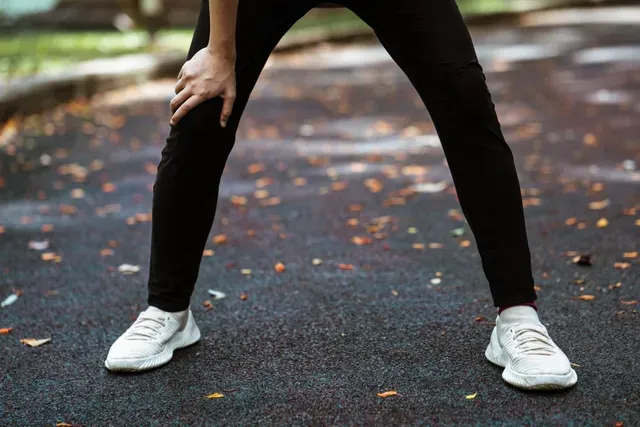The steps you take after a workout can be just as important as the workout itself. When you work out, you create tiny tears in your muscles; as your body repairs them, they grow stronger. So after your workout, your body sends oxygenated blood and good nutrition to those broken down areas to promote healing. A muscle will need 24-48 hours after a workout to rebuild and heal. Here are some ways you can support your body in the healing process post-workout.
Give Your Body What It Needs
While you are exercising, your body is losing a lot of fluids, so you need to replenish your body. Our bodies are made up of about 60% water, and water supports every nutrient transfer and metabolic function in our bodily systems. So it goes without saying, giving your body water will improve every bodily function after a workout.
Your body also needs to replenish its fuel. Try to eat within 60 minutes after the end of your workout. The best combination of foods is a great protein (eggs, fish, nuts, chicken) with a complex carbohydrate (quinoa or sweet potatoes are a great whole food option here).
Engage in Active Recovery
Instead of resting completely and becoming inactive, try some gentle exercise after a good workout. This will help keep oxygen flowing to your muscles and brain. Things like gentle stretching, a brisk walk, yoga, or light resistance training improve circulation, making muscle repair faster. Another way to improve circulation is by getting a massage or using a foam roller to ease tight muscles.
Sleep Well, Stagger Workouts
One of the best ways to continue a consistent long-term recovery after working out is to get good sleep, specifically deep and REM sleep.. This type of sleep is crucial for protein synthesis in your body. Protein synthesis is key to giving your body amino acids during and after your next workout.
Along with getting a good night’s sleep, make sure to space out harder workouts so that your muscle tissue has plenty of time to recover. On your days off, make sure to slow down, but don’t sit on the couch. Keep moving to keep your blood circulating so that oxygen and nutrients can be delivered to your muscles as they heal.
Engage in a Mindfulness Practice
Anyone who works out knows that you are not only pushing yourself physically, you are also pushing yourself mentally. Taking the time after a workout to do some mindfulness practices can help you become calm, reduce reactivity and anxiety, and help you understand your self-talk for the next time you workout.
It is a mental rehearsal for making a change towards positive engagement for your next workout. When you are able to get familiar with how your mind works during a workout, you can begin to decide which thoughts you choose to hold on to — which thoughts serve you well for the practice of taking care of your body through exercise.
Listen to Your Body
One of the most important steps you can take in a post-workout recovery is to listen to your body. Your body is pretty good at telling you what it needs, and you need to learn to listen to it.
If you are feeling sore, tired, or didn’t perform as well as you have before, you might need to assess whether you need more recovery time in between workouts. On the flip side, if you feel energized, you might be able to go a little harder that day.
Use Wearables to create a more precise exercise and recovery schedule
At OWM Dr Kaplan uses Whoop to help clients monitor their state of recovery, sleep and overall stress to dose the intensity of exercise more accurately.
An Integrative Approach to Maximizing Mental and Physical Function
Wouldn’t we all like to keep an active lifestyle for as long as we can? At OWM Integrative Wellness, we work with patients to slow down the aging process, maximizing personal mental and physical function to the very last day of the individual’s life.
Our approach includes using precision biometrics, anti-aging peptides, supplements and infusions, meditation, nutritional counseling, physical training, and yoga to help the body heal itself through the restoration of its vital functions and processes. If you’d like to learn more about our approach, feel free to call us at (716) 626-6301 or click here to learn more about creating a long life of activity and wellness.




